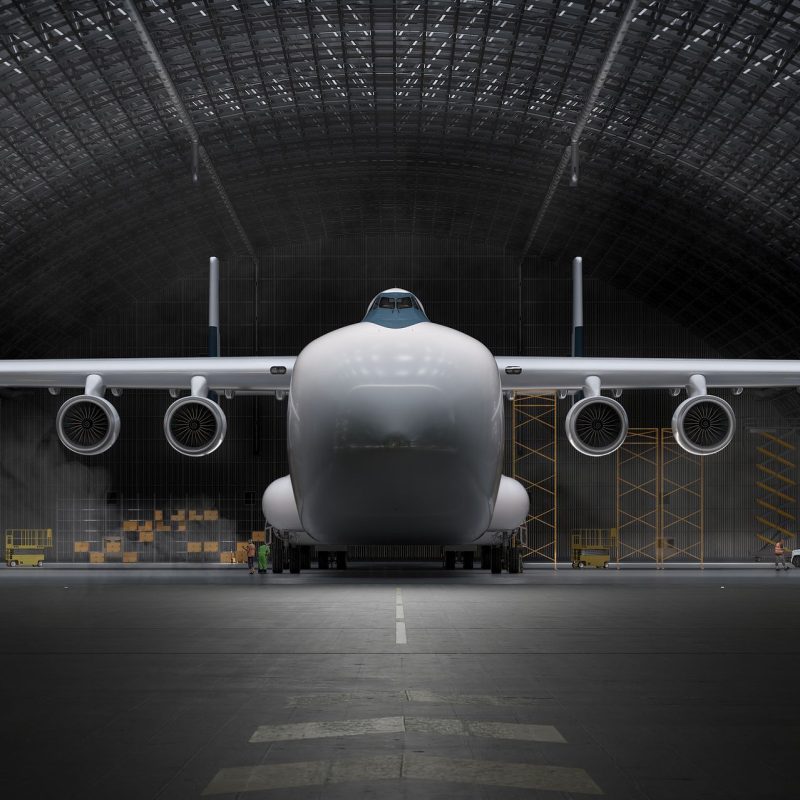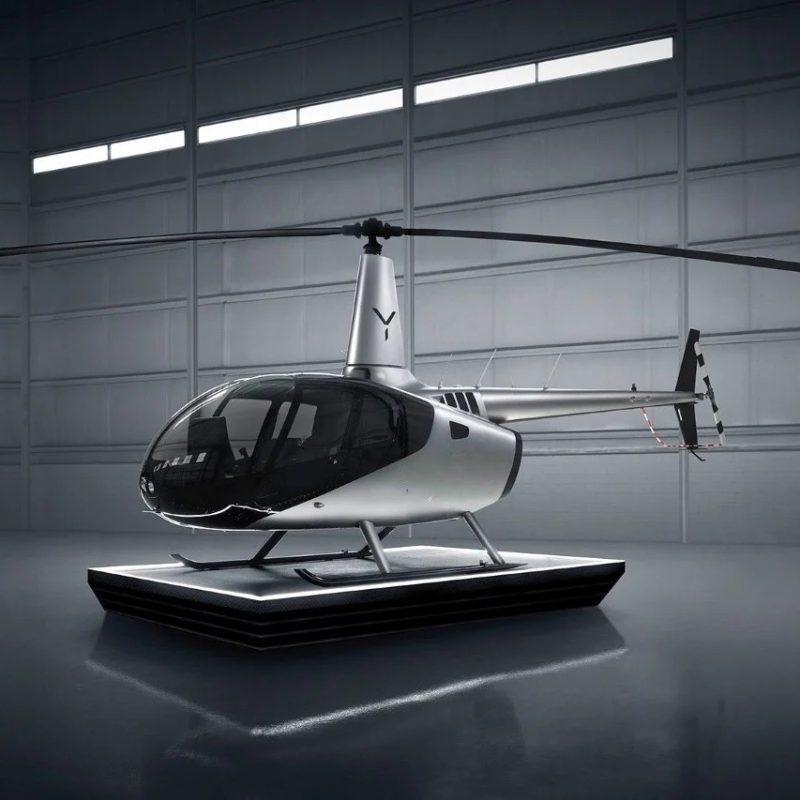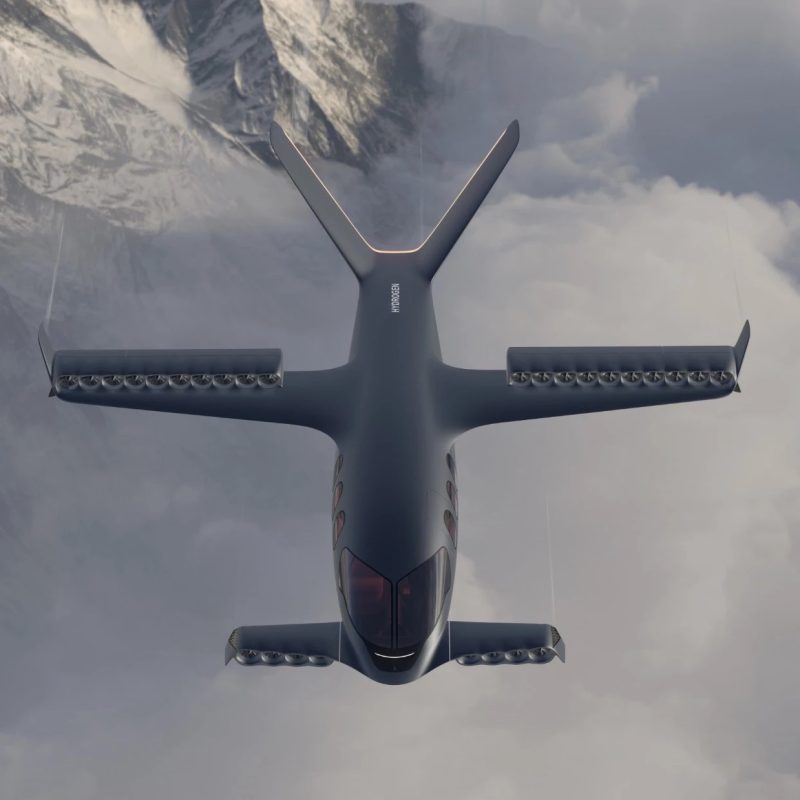The Nuclear Powered Hyper Sting Jet Promises an 80 minute Flight Time Between New York and London
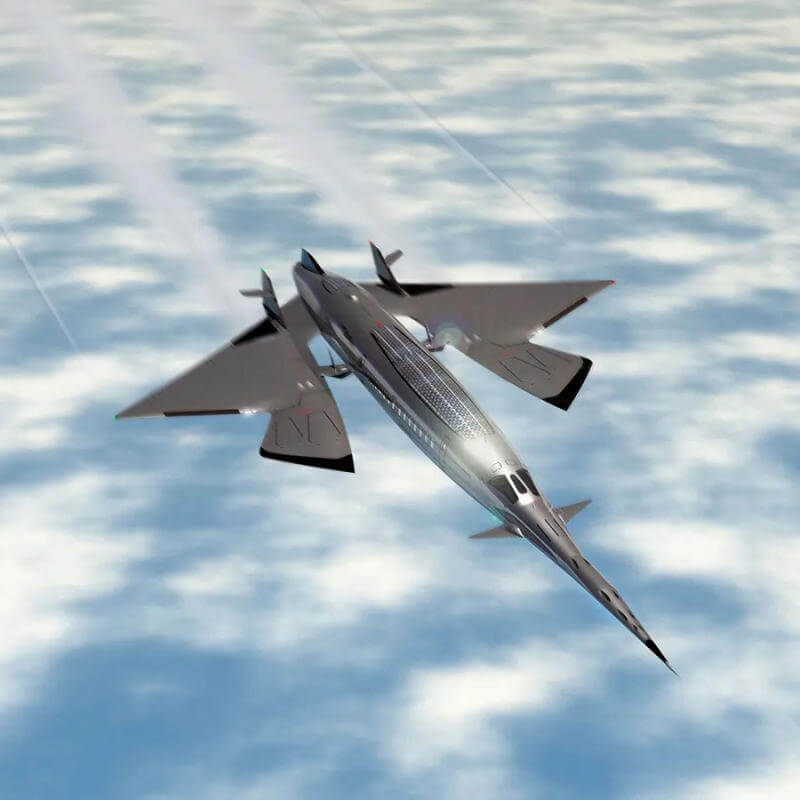
The future of flying will change dramatically if this nuclear-powered Hyper Sting Concept by Spanish designer Oscar Viñals becomes a reality. This supersonic aircraft powered by an onboard nuclear reactor promises to cut flight time between New York and London to a jaw-dropping 80 minutes. Remember the Concorde flight time between New York and London was two hours and 53 minutes. The Hyper Sting would fly twice as fast as the Concorde and cover this distance in less than half the time reaching speeds of up to 2,664 mph.
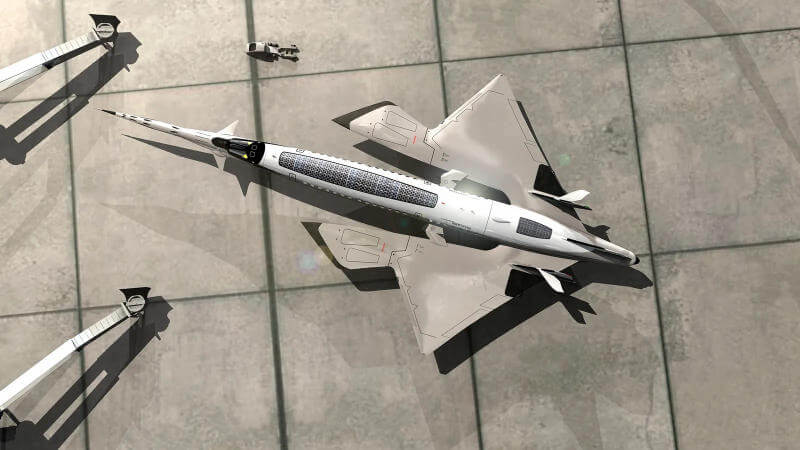
Image: Oscar Viñals
If this concept becomes a reality it will drastically alter flight times between far away destinations. However, the Sting could face the same problems the Concorde encountered, the inability to carry a sizable amount of passengers for such long haul flight to prove economical over the long term. The Sting would be able to carry between 130 to 170 passengers and would be twice the size of the Concorde. That’s a measly number of passengers compared to today’s subsonic jets capable of carrying anywhere from 400 to 800 passengers. This factor alone may prove the Hyper Sting unappealing for sustained commercial operations where operating costs outweigh performance.

Image: Oscar Viñals
The propulsion system would be as-yet untested cold fusion nuclear reactor that would power two ramjet engines and four next-generation hybrid turbojets. The question of how to fit a nuclear reactor aboard an aircraft has dogged engineers for decades. However, with improved technology and reduction in size of nuclear reactors along with new “cold fusion” nuclear technologies the prospect of a nuclear powered aircraft is becoming a more realistic possibility.

Image: Oscar Viñals
One of the main problems with putting a nuclear reactor aboard an aircraft is the weight incurred from materials to shield the reactor from the passenger cabin so passengers and crew are not bombarded with lethal radioactive particles. Cold fusion seems like the holy grail of nuclear powered aircrafts but there are still many hurdles to overcome one of which is the technology itself is still in its infancy and the earliest possible date of production being somewhere around 2030, not to mention the initial cost would be exorbitant.

Image: Oscar Viñals
Nonetheless, the Hyper Sting is a promising concept that could become reality over the next few decades. A new era of supersonic flight may be just around the corner if the challenging issues especially the nuclear propulsion system can be safely ironed out. Further hurdles would be the cost to operate such an exotic aircraft and the price passengers would pay for an 80-minute flight between New York and London.


